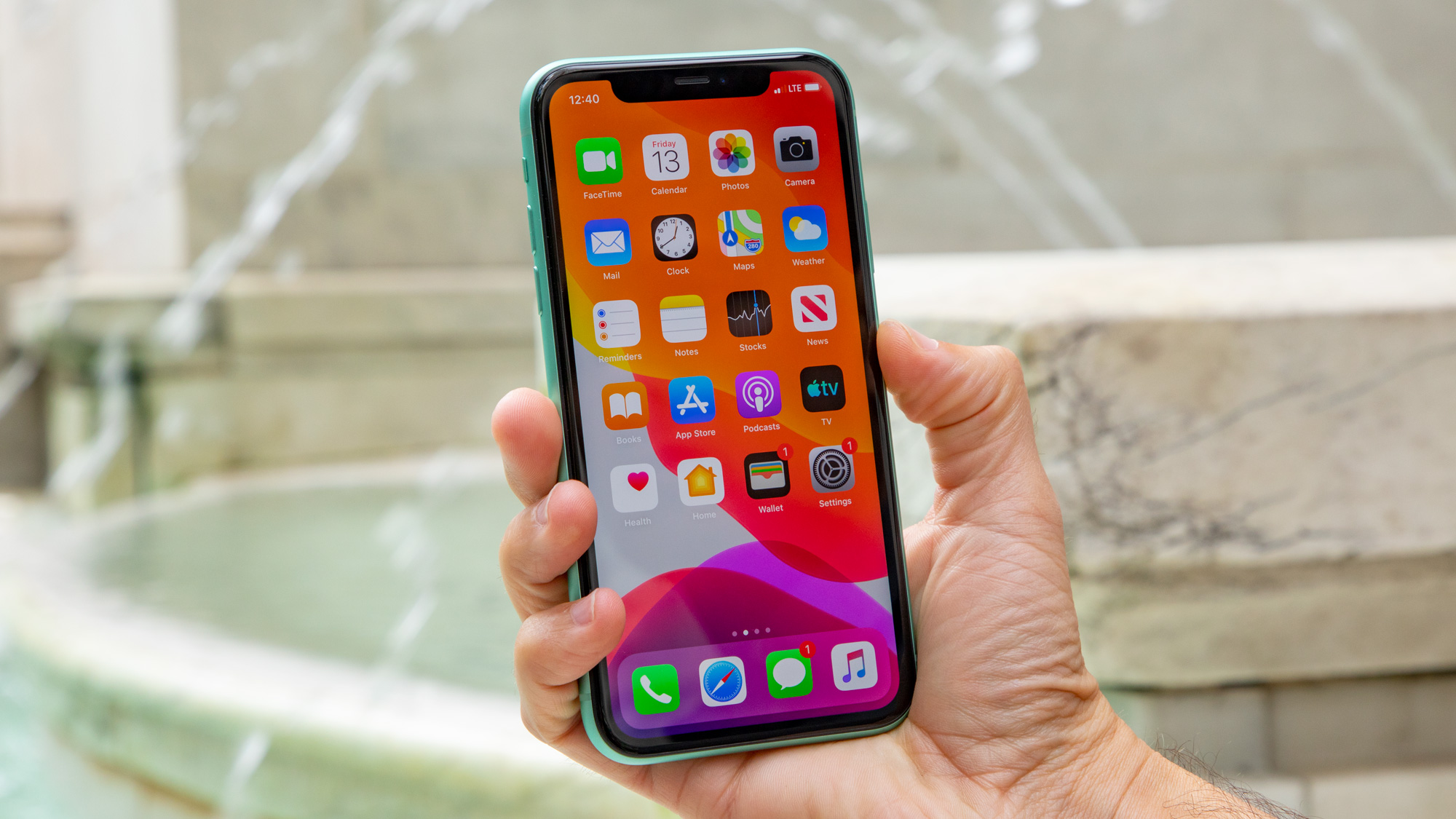The iPhone 11 series was Apple’s 2019 flagship range. Since then, we’ve seen two more iPhone ranges, and we are even on the lookout for the iPhone 14 series to be released later this year. That said, it’s been over two years since the iPhone 11 family was launched, which begs the question, is Apple’s aging handset still worth buying in 2022? iPhones are known for holding their value quite well over the years. Ultimately, your choice of whether or not you should purchase an iPhone 11 will come down to price, personal preference, and the smartphone features you value most. With that said, let’s take a look at what features the iPhone 11 family has to offer.
Price
Of course, price is one of the biggest considerations you need to make when purchasing anything. Given that it’s been more than two years since the range launched, you can now purchase them for lower. You can find the best deals on iPhone 11 Series at Phonebot in Australia. Prices start from $539 AUD for 64GB storage and increase as we go up the storage ladder.
Display
Other than the notch at the top, which holds the Face ID camera, speaker, and ambient light sensor, the iPhone 11 family essentially has an edge-to-edge display. The base iPhone 11 features a 6.1-inch LCD display with a 1792 x 828 resolution at 326ppi, a 1400:1 contrast ratio, and 625 nits’ max brightness. Comparatively, the Pro models have OLED displays. The iPhone 11 Pro has a slightly smaller display, coming in at 5.8 inches, with an 1125 x 2436 resolution at 458ppi. The iPhone 11 Pro Max, on the other hand, has a 6.5-inch screen with 1242 x 2688 pixels at 458 PPI and 800 nits’ max brightness, making it the undisputed best of the bunch. All the phones come with True Tone support for colour adjustment and a wide colour gamut for more lifelike colours. Despite the differences in display specs, the three phones in the range are bright enough and offer excellent sunlight performance.
Design
The iPhone 11’s design didn’t change much from its predecessor – the iPhone XR. It looks exactly the same from the front, complete with the notch at the top and a precision-machined 7000 series aluminium band that wraps around an all-glass enclosure. The bezels are somewhat thicker compared to Apple’s other recent phones. This is partly because it uses an LCD display rather than OLED. Housing the rear dual camera in a square matte glass which was an interesting addition. At the time of their release, Apple touted them as having the toughest glass – front, and back – of any smartphone. In theory, it should hold up pretty well to accidental drops and bumps compared to earlier models.
The colour options are fun. The base iPhone 11 comes in green, purple, white, yellow, black, and product red. The Pro models come in even better matte colour options, which are grey, silver, gold, and midnight green. As for their resistance to water and dust, the entry-level iPhone 11 has a rating of IP68, up from IP67 in the previous generation iPhone XR. That means they are resistant to submersion up to a maximum depth of 1.5m underwater for up to thirty minutes and are deemed fit enough to withstand dust and dirt.
Camera
The cameras are easily the standout feature on these handsets, especially for the Pro models. Apple doubled the number of lenses on the entry-level iPhone 11, which has a 12MP f/1.8 wide lens and 12MP f/2.4 ultra-wide sensor. The Pro models have an additional lens at the back – a 12MP f/2.0 telephoto camera. In addition, their ultra-wide lens has a slightly wider field of view. Apple advanced its Smart HDR system and added Night mode support for low-light photography. They also have Deep Fusion for more accurate colour reproduction. Thanks to these advancements, the iPhone 11 cameras deliver some of the best photos and videos even by today’s standards. On the front sits a 12MP camera with an f/2.2 lens and an SL 3D biometrics sensor.
Battery and Performance
Underneath, the iPhone 11 family runs on the same processor, Apple’s A13 Bionic chip. Hence, performance-wise, these phones should prove faster and more efficient than the iPhone XR, which came with an A12 bionic chip instead. This chip also affords the iPhone range excellent battery life as it uses 30% less power than the A12. The entry-level iPhone 11 has a 3046mAh non-removable battery, the iPhone Pro a 3110mAh, and the iPhone Pro-Ma a 3969mAh cell. The phones should last you throughout the day on regular use. They support fast charging and Qi wireless charging. 5G, a feature that was included in the 2020 lineup, is not available. But that shouldn’t be a deal-breaker, given that 5G deployment is still in progress. Therefore, it might not be useful to you if your area is yet to access 5G.
The iPhone 11 range might not be the newest hottest gadget on the market. However, they still offer great value, especially if you are on a budget. Of course, these aren’t the cheapest smartphones on the market, even with the reduction in prices. Nevertheless, they are one of the most cost-effective phones from Apple since the launch of the iPhone SE family. If you are looking for a new phone, why not consider one of the phones in the iPhone 11 family?
